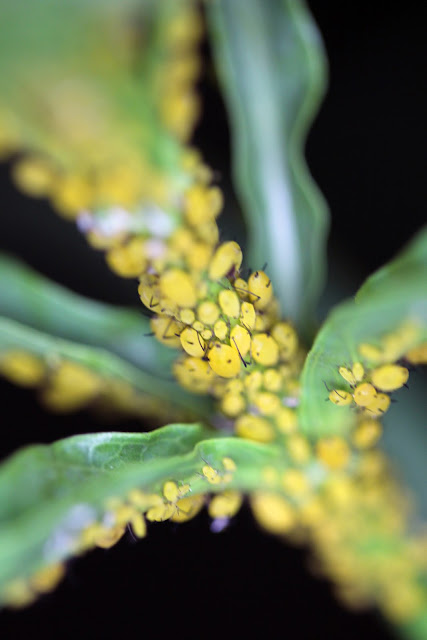frac·tal
ˈfraktəl/Mathematics
noun: fractal; plural noun: fractals
1. a curve or geometric figure, each part of which has the same statistical character as the whole. Fractals are useful in modeling structures (such as eroded coastlines or snowflakes) in which similar patterns recur at progressively smaller scales, and in describing partly random or chaotic phenomena such as crystal growth, fluid turbulence, and galaxy formation.
adjective: fractal
1. relating to or of the nature of a fractal or fractals."fractal geometry"
I've had an interactive artistic relationship with fractals since the late 1990s. I only take on a very basic understanding of the math involved and rather marvel at the visual complexity of iterations and inherent beauty of fractals.
The first decent fractal generating software I ever got was a program called Easy Fractal, I believe in 1998. The last version (2008) of that software is still on an old Macintosh G5 computer I have and it's one of the main reasons I still maintain that computer. Since then I have explored a number of fractal applications but you don't need any of these to delight in fractals, all you need to do is to look around. The closer you look, the more you'll see. By the way, I went a little nuts in choosing images for this post so there's not going to be a lot in the way of image descriptions. Many if not most of these pictures have been presented in other posts if you care to dig.
Randomly inserted you'll find some of the fractals I've created over the years on various Macintosh computers using a number of applications.
But right now, back to nature...
 |
| Look carefully, they're everywhere... peer into the iridescent feathers. |
Another thing on the subject of fractals and software. One of my favorite programs to work with is called Vue xStream by e-on software, inc. It's designed for creating and animating natural 3D environments. I started working in computer generated environments with a program called Bryce in 1998. Bryce was developed out of work with fractal geometry to create realistic computer images of mountain ranges and coastlines. Vue uses fractals to create terrains and certain atmospheric elements like clouds. Textures for rocks and plants are also fractals. Here's a terrain inside the terrain editor in Vue.
Here's a rendered environment I created in Vue.
Another application I've used on again off again for many years is Artmatic Voyager which is a programmable graphics synthesizer created by Eric Wenger, one of the creators of Bryce. Wenger also created a program called MetaSynth designed to transform visual information into sound. MetaSynth was, for example, used to create the sounds for the bullet effects in The Matrix. The Voyager renders, for the most part, elicit a response in me of low-budget sci-fi movies. A bit like matte paintings in films you're not supposed to pay particular attention to.
 |
| The clouds were added in Photoshop. |
 |
| Docken Duck |
 |
| Eric Duck |
 |
| Fractal lizard on a fractal rock. |
Here's a fractal I created for my girl Docken because I love her.
In 2010 there was a contest to design an Ibanez JEM guitar for guitarist Steve Vai. I chose to make one (out of 3) with a fractal I designed in Easy Fractal. The fractal was rendered out at 15,168 × 8,464 pixels because I thought it should be large enough to adequately cover the body of a real guitar and also so I'd have plenty of image to make an aesthetic placement.
 |
| Milkweed aphids. |
 |
| A candle holder on the dining table. |
 |
| Super moon 090914 |
In 2006 I put together a little animation for a song I composed for a video I created for one of my birthdays (yes, a BIG one, you figure it out). The animation also uses fractals screen-captured from a screensaver. Fractals don't handle the compression typically evoked for web video, so it is what it is.
There was another set of animation experiments I did in 2009 where I rotated a multi-colored gradient over a fractal image to create motion. These REALLY suffered from video compression. They look great the way they were created which was using Apple's uncompressed Animation CODEC but those files are huge and aren't supported here. This is "Waves on the Beach", it's probably best viewed from my website here but I'll give it a go below.
and last but certainly not least, the observable universe.



































































































































When you said "everywhere," you meant it! Now the question is: is the answer to the mysteries of the universe in there somewhere?
ReplyDeletePicture #42?
ReplyDelete“ Through a fractal on a breaking wall / I see you my friend and touch your face again”. — Seal
ReplyDeleteWhat a feast for the eyes! I have run out of words to describe how much I appreciate and enjoy your artistry. Thanks for inviting me along !